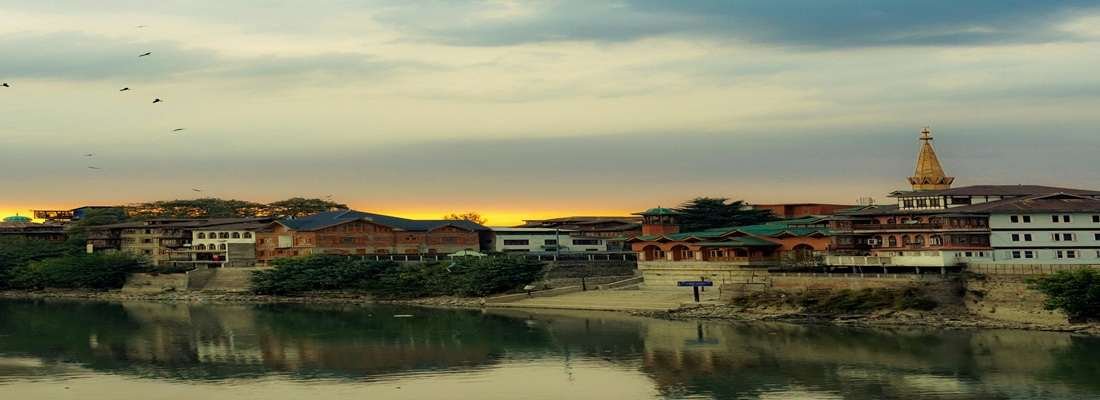Colonial & Modern Heritage
When the Mughal Empire got weak, Kashmir was ruled by Afghans, then Sikhs, and then the Dogra family. Each group left its mark on the valley’s past. In the Sikh period with Maharaja Ranjit Singh, they changed how the area was run, and the military had a decisive say in things. When the Dogra family took over in the mid-1800s, they improved roads and buildings. They made temples, forts, and palaces, and joined Kashmir with a bigger princely state.
The British colonial period brought new buildings, schools, and city systems to Kashmir. Many of these things mixed with the area’s old look and feel. In the 20th century, people made new places like colleges, museums, and centers focused on culture. These changes helped enrich the area’s history and kept its old feel alive.
Today, Kashmir shows a mix of old times, the Middle Ages, and colonial history. This changing past brings in historians, travelers, and people who love culture from all over the world.
Cultural Heritage of Kashmir
Despite its troubled past, the Kashmir Valley has a strong and colorful culture that is still alive today. People in the valley show their rich culture through special festivals, well-known food, and old traditions that parents teach their children. All these customs show the strong spirit of the Kashmiri people.
Kashmir’s culture has a rich mix of art, music, food, and crafts, showing many years of history. The valley is known for its Pashmina shawls, handwoven carpets, and fine woodwork. People there have excellent work skills. Music and dance, like old folk songs and tunes inspired by Sufi tradition, show the spiritual side of the place and bring people together.
With help from Kashmir Tour Mart, people can safely see these cultural treasures. You can learn from local experts while you visit. Their tours mix history, art, and long-held customs. This is a good way to get close to all the rich things that make Kashmir special.
Unique Kashmiri Festivals and Celebrations
The festivals in the Kashmir Valley are bright and full of life. They show the rich mix of old customs and history in this region. People have come together for these events for many years. These celebrations help keep old ways alive. They also bring different groups of people close to each other. That is why these festivals matter. They help us feel like we are all part of something special and remind us where we come from.
The calendar in Kashmir has many holidays from Islamic, Hindu, and local traditions. This shows how people of different faiths have lived together for a long time. On these days, there are special prayers. Families come together. People enjoy music and food. The whole valley is full of colour and happiness.
Essential aspects of Kashmiri festivals include:
- Celebrations that show the change of seasons, harvest time, and special religious days.
- The way people in a group come together and feel closer to each other.
- The food is made only for each festival.
- Sharing stories, songs, and ways of doing things with others so each new group learns from the last one.
These celebrations are not just days off. They are at the heart of Kashmir’s way of life and show how the culture lives on.


